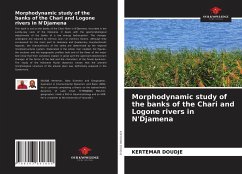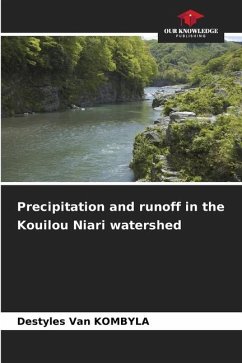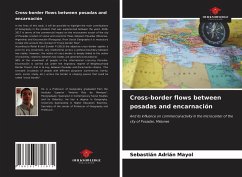
Monitoring and analysis of water levels and flows of the Ain spring
in a context of climate change (Middle Atlas - Morocco)
Versandkostenfrei!
Versandfertig in 6-10 Tagen
41,99 €
inkl. MwSt.

PAYBACK Punkte
21 °P sammeln!
In Morocco, on a regional scale, the Beni Mellal Atlas is known for its high groundwater potential and high unit productivity. Considered as the castle of Morocco, it contains a number of springs that exceed 54 gauged by ABHOER (Agence du Bassin Hydraulique de Oued Oum Er Rbia). These springs are either captured for drinking water supply or for irrigation. The most important of these springs is the Ain Asserdoune spring, which supplies drinking water to many urban areas, including the city of Beni Mellal. This scientific contribution, aims to determine the functioning of the spring of Ain Asse...
In Morocco, on a regional scale, the Beni Mellal Atlas is known for its high groundwater potential and high unit productivity. Considered as the castle of Morocco, it contains a number of springs that exceed 54 gauged by ABHOER (Agence du Bassin Hydraulique de Oued Oum Er Rbia). These springs are either captured for drinking water supply or for irrigation. The most important of these springs is the Ain Asserdoune spring, which supplies drinking water to many urban areas, including the city of Beni Mellal. This scientific contribution, aims to determine the functioning of the spring of Ain Asserdoune in a context of climate change. It aims to identify the variability of the water heights of the spring of Ain Asserdoune, to build a rating curve and finally analyze the flows of the spring of Ain Asserdoune.












